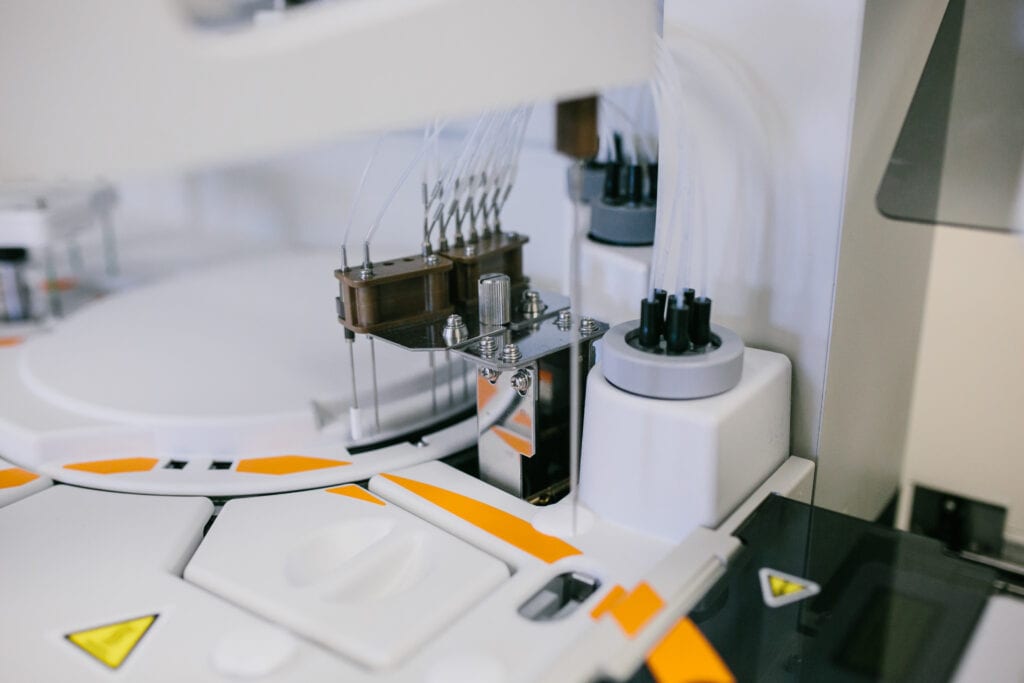Keeping your pets healthy, veterinary diagnostics is a top priority. Pet diagnostic labs detect hidden conditions for domestic animals like dogs and cats.
In this article, we’ll dive into the role of routine pet exams and review common procedures.
What Are Veterinary Laboratories?
Pet testing facilities conduct a range of tests to guide treatment plans. They use advanced technology to offer precise information.

Key roles of veterinary labs include:
- Early detection of illnesses: Supports better outcomes.
- Monitoring ongoing conditions: Supports long-term health strategies.
- Validating health improvements: Helps refine care approaches.
Common Veterinary Tests for Dogs and Cats
Veterinary labs offer a wide range of diagnostic options to identify potential problems. Standard procedures include:
- Complete blood counts (CBC): Assess organ function.
- Bladder health evaluations: Detect urinary infections.
- Fecal tests: Ensure proper gut function.
- Dermatological evaluations: Improve coat health.
- X-rays and ultrasounds: Identify hidden abnormalities.
laboratórios veterinarios
The Benefits of Regular Veterinary Testing
Ongoing health assessments helps prevent serious issues. Through preventative measures, your pet can recover more quickly.

Other advantages include:
- Enhanced quality of life: Proactively managing health helps pets remain active and happy.
- Lower medical bills over time: Managing minor issues promptly saves on costly treatments.
- Strengthened bond with your pet: You’ll know they’re cared for.
Why Testing is Key for Dogs and Cats
Animal health testing facilities play a critical role in supporting their health journey. With routine checkups, you ensure they receive the care they need.
Talk to your veterinarian about testing options to keep your pets thriving!